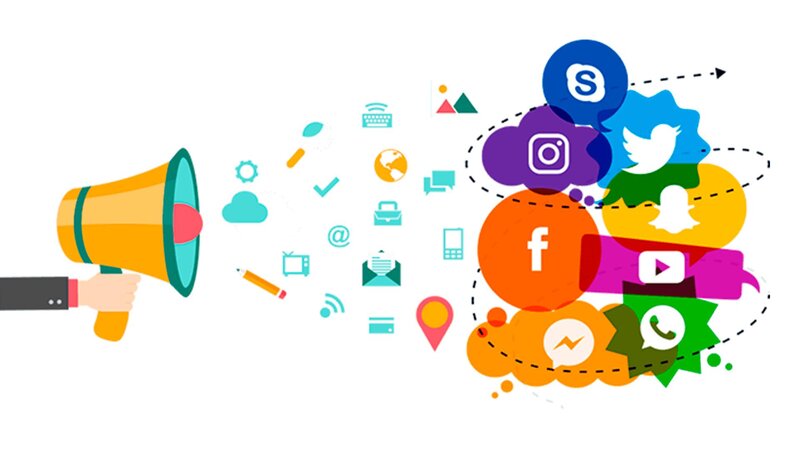
Social listening has become an essential talent in the
digital age. It entails keeping an eye on social media channels for mentions of
your company, competitors, products, and so on.
It's about listening in on online conversations about your
business and using the information you learn to make informed decisions.
However, social listening is more than simply passive monitoring; it is an
active engagement process that may have a huge impact on your brand's online
presence and reputation.
Social listening allows you to better understand the demands
of your target audience. You can determine their pain spots, preferences, and
expectations by listening to their interactions.
This data can be used to direct product development,
marketing tactics, and customer service. It's about being proactive in
addressing your audience's demands and problems, which may improve your brand's
reputation and consumer happiness dramatically.
For example, if you discover a reoccurring complaint about a
specific element of your product, you can address it. This could include
upgrading the feature, providing clearer instructions on how to use it, or even
developing a new product that better fulfils the demands of your target
audience.
By proactively addressing your audience's problems, you can
indicate that you value their feedback and are committed to providing the
greatest experience possible.
To practise social listening effectively, you must watch not
only brand mentions, but also talks about your industry, competitors, and
relevant keywords. This can provide a more comprehensive view of market trends,
customer mood, and the competitive landscape.
Tools like Hootsuite, Brandwatch, and Sprout Social can help
you automate this process by tracking conversations across different platforms
and analysing data in real time.
However, social listening is more than just gathering
information. It is necessary to analyse this data and transform it into useful
insights. Understanding the mood behind the chats, detecting trends, and
leveraging this information to better serve your audience are all part of the
process.
For instance, if you see a positive emotion towards a
specific marketing campaign, you may decide to repeat similar initiatives in
the future. If, on the other hand, you discover a negative sentiment, you might
reconsider your strategy.
Furthermore, social listening can assist you in identifying
influencers and advocates for your company. These are persons who have a large
following and have the ability to affect their audience's perceptions and
behaviours. You may increase the reach and effect of your business by
discovering and engaging with these influencers.
To summarise, social listening is an effective method for
understanding and engaging with your target audience. It enables you to tune
into your audience's demands, respond to their issues in advance, and make
informed decisions that can improve your brand's reputation and success. It's about
listening in on internet conversations and utilising what you learn to propel
your business ahead.